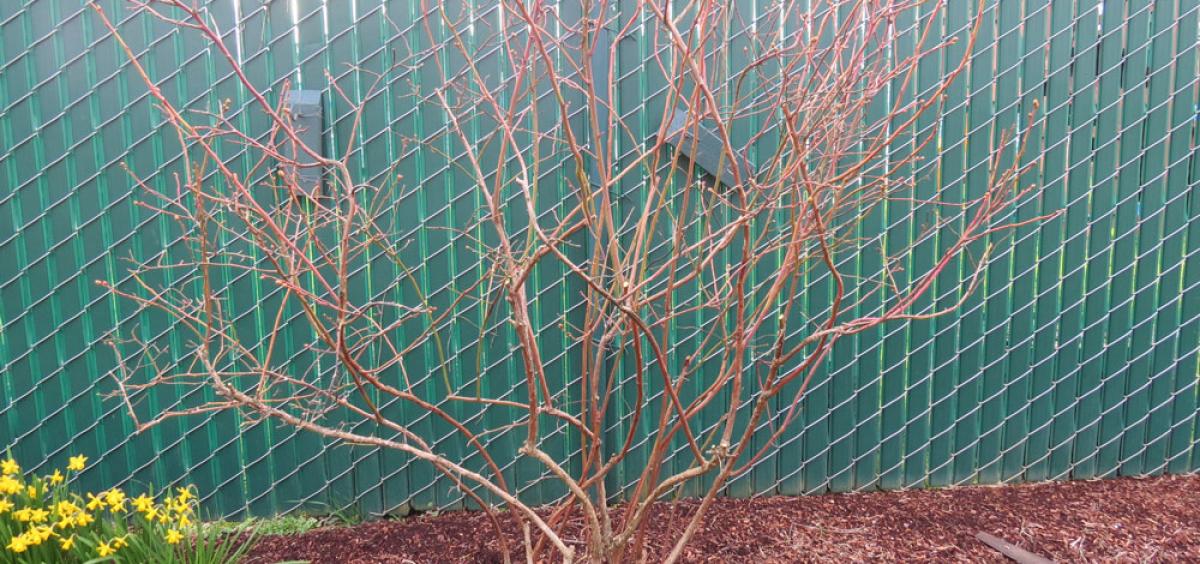
CORVALLIS, Ore. – Moderate pruning of highbush blueberries done every year can make the difference between a mediocre and a bumper crop – and produce higher quality berries.
Highbush blueberry, a native of North America, grows 6 to 12 feet tall and is the major blueberry-producing species in commerce. Its name refers to its tall stature. The best time to prune is from January to early-March during the dormant period, advises Amanda Davis, berry crops research assistant with Oregon State University Extension Service.
Research from OSU Extension shows that annual, moderate pruning results in bushes with the fewest canes, but with the greatest yields and largest berries.
"When plants are not pruned or are pruned too lightly, they become dense with weak, twiggy growth," she said. "They produce small fruit and fail to develop strong new wood for future berry growth. On the other hand, severe pruning leads to more new wood and larger but fewer berries.”
"If bushes are pruned only occasionally and then pruned heavily, many young canes will grow the year after," Davis said. "These canes will age together and become unproductive all at the same time. After several years, if you wanted to prune out the unproductive canes, nearly the entire bush would have to be removed. And no young growth would be present to replace the lost fruiting wood."
Davis recommends the following steps for pruning highbush blueberries:
An outline of pruning methods with general care of blueberry plants is available in the OSU Extension Service's circular "Growing Blueberries in Your Home Garden."
For more specific pruning information, an online course that includes videos and tips for blueberries of all ages is available through OSU.
For more specific pruning information, watch the 22-minute video A Grower's Guide to Pruning Highbush Blueberries in English and Spanish.
About the OSU Extension Service: The Oregon State University Extension Service shares research-based knowledge with people and communities in Oregon’s 36 counties. OSU Extension addresses issues that matter to urban and rural Oregonians. OSU Extension’s partnerships and programs contribute to a healthy, prosperous and sustainable future for Oregon.
Kym Pokorny, 541-737-3380, [email protected]
Amanda Davis, 71-801-0394, [email protected]
Click photos to see a full-size version. Right click and save image to download.